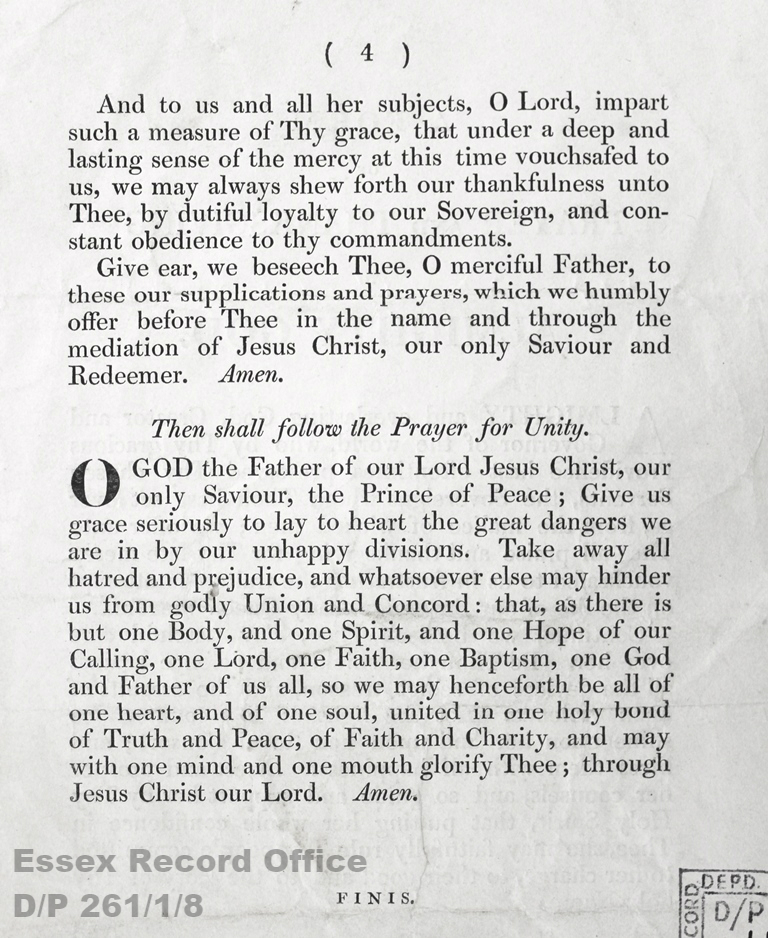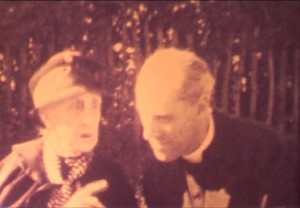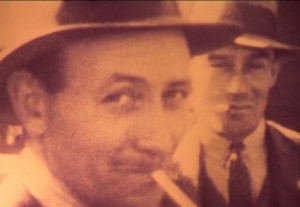This year the country is celebrating Queen Elizabeth II’s Platinum Jubilee, marking her 70th year on the throne. As the longest reigning Monarch, she is the first British King or Queen to celebrate such a milestone.

Previously, Queen Victoria had held the record for longest reign. When she died in January 1901, Victoria had been Queen for 63 years, 7 months, and 2 days.
This Great Seal was used during Queen Victoria’s reign as a guarantee of authenticity for formal documents – such as laws, treaties, and letters of dispatch.
At the time of her death, Victoria had been the only British Monarch to celebrate a diamond jubilee (60 years). She passed this momentous milestone on June 22nd 1897.

Queen Victoria’s Diamond Jubilee was celebrated with great enthusiasm across the Empire. Southend covered their streets in bunting and put on a parade through the town.
Celebrations in Rochford began at 11am with all inhabitants directed to meet in the Market Square to sing the National Anthem, accompanied by organ. Other entertainments included a procession, a children’s tea, a bicycle race, and illuminations in the town. As ‘a Finale to the days proceedings’ there was a bonfire in the Church Meadow.
Victoria’s Life as Queen
Born on May 24th 1819, Alexandrina Victoria was 5th in line to throne. It wasn’t until her father died 8 months after her birth that anyone began to consider the possibility of her being Queen. Yet, after a heavily sheltered life at Kensington Palace, she became Queen at only 18 years old. Supposedly, her first request as Monarch was to have a single hour alone.

Amongst the attendants at her five-hour long coronation were Lord and Lady Baybrooke, whose invitation included instructions to ‘perform all such duties as are required and belong unto’ them.
Victoria married Prince Albert of Saxe-Coburg and Gotha on February 10th 1840. They had 9 children together: Edward, Victoria, Alice, Beatrice, Leopold, Alfred, Louise, Arthur, and Helena. From these children sprung 42 grandchildren. As matchmaker, Victoria arranged royal or noble marriages for her family, spreading them across Europe and earning the nickname ‘Grandmother of Europe’.
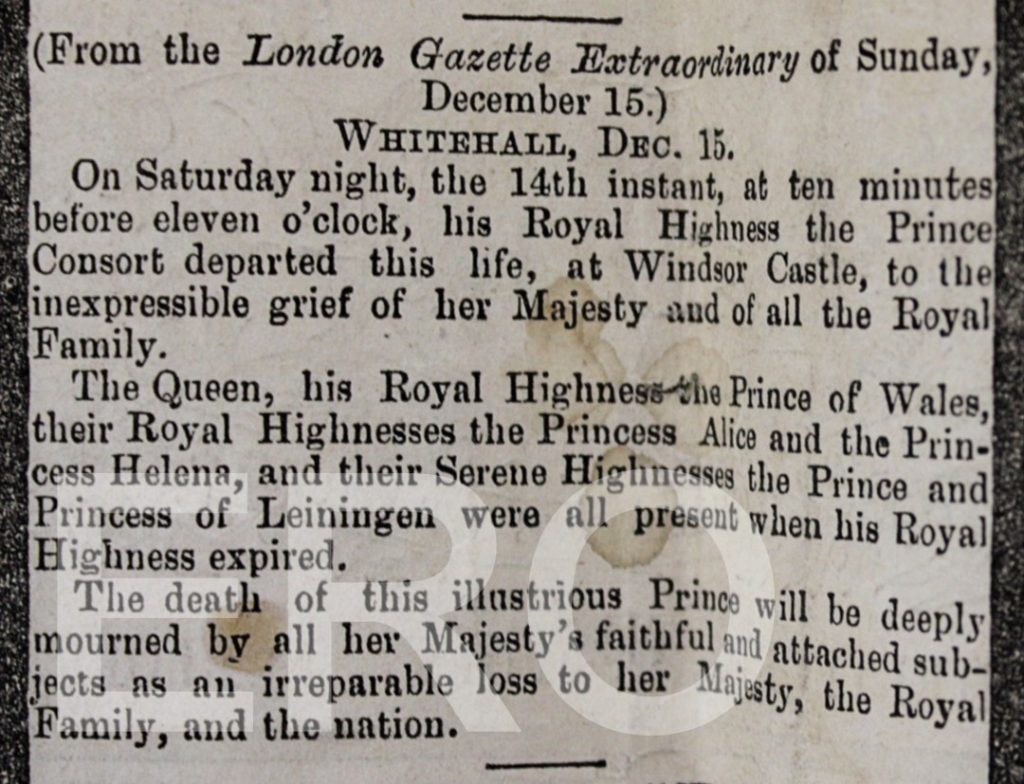
When Prince Albert died in 1861 Victoria withdrew entirely from public life. She did not return for ten years and, even then, continued to dress in mourning until her own death.
Life as Queen was not easy. Throughout her reign, Victoria survived 8 assassination attempts. Each attempt was by lone-acting assassins and most were later deemed to be mentally unfit.
The first of these attempts was by Edward Oxford who shot at Queen Victoria’s carriage on June 10th 1850 whilst she was out for a drive with her husband.
Queen Victoria’s Lasting Influences
Victoria was the first Queen to occupy Buckingham Palace. It required extensive repairs and renovations, but afterwards became the seat of power for future Monarchs (including our own Queen Elizabeth II).
Another Royal Residence which stemmed from Victoria’s influence is Balmoral Castle in Scotland. After falling in love with Scotland, Victoria and Albert bought Balmoral in 1842. They built new neo-Gothic castle on the land, which continues to be Queen Elizabeth II’s favourite residence.
We also have Queen Victoria to thank for the convoluted protocols and traditions used by our current Queen at the opening of Parliament.
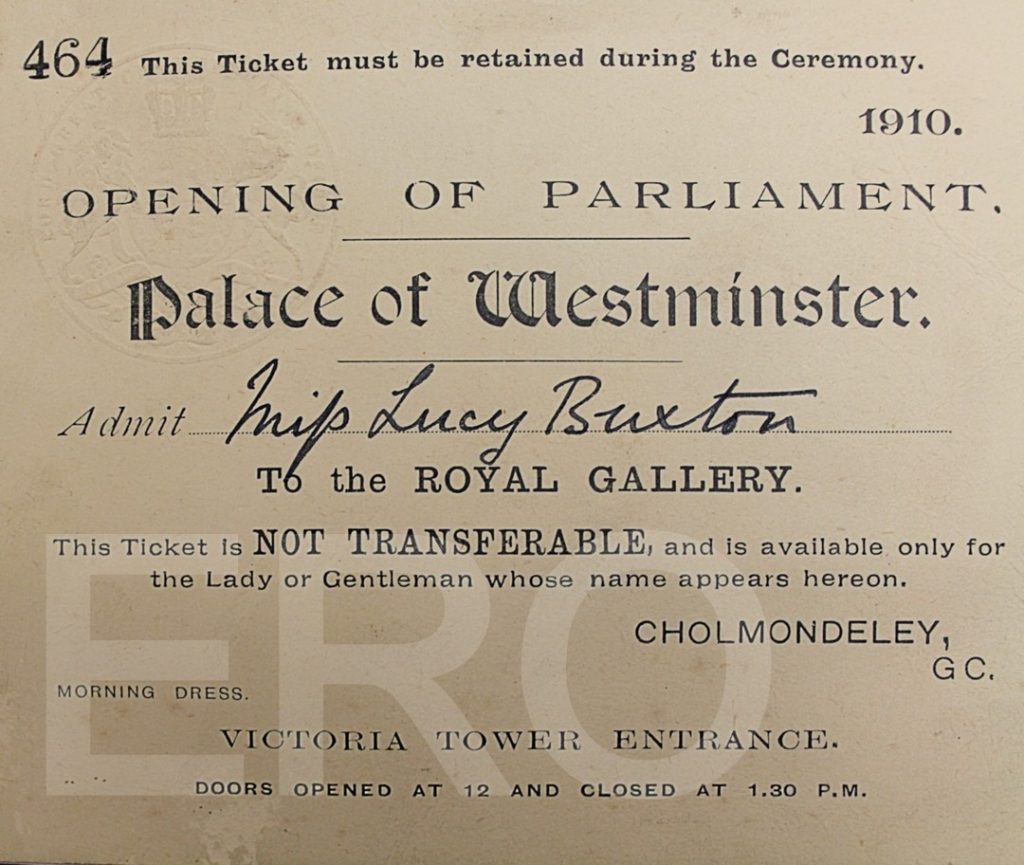
After the previous building was destroyed in a fire, Victoria attended the first State Opening of Parliament in the new Palace of Westminster in 1852.
The protocols and traditions established on this day have been used by British Monarchs ever since. These traditions include the use of the Irish State Coach and the Monarch’s procession through parliament.
One of Queen Victoria’s actions which outlives her is the introduction of the Victoria Cross in 1856. Its purpose is to honour acts of great bravery and is awarded on merit instead of rank. When Victoria issued the first medals to veterans of the Crimea war, it was the very first time that officers and men had been decorated together.
End of an Era
The Victorian Era ended on January 22nd 1901 when Queen Victoria died of a stroke, aged 81 years, at Osbourne House on the Isle of Wight.
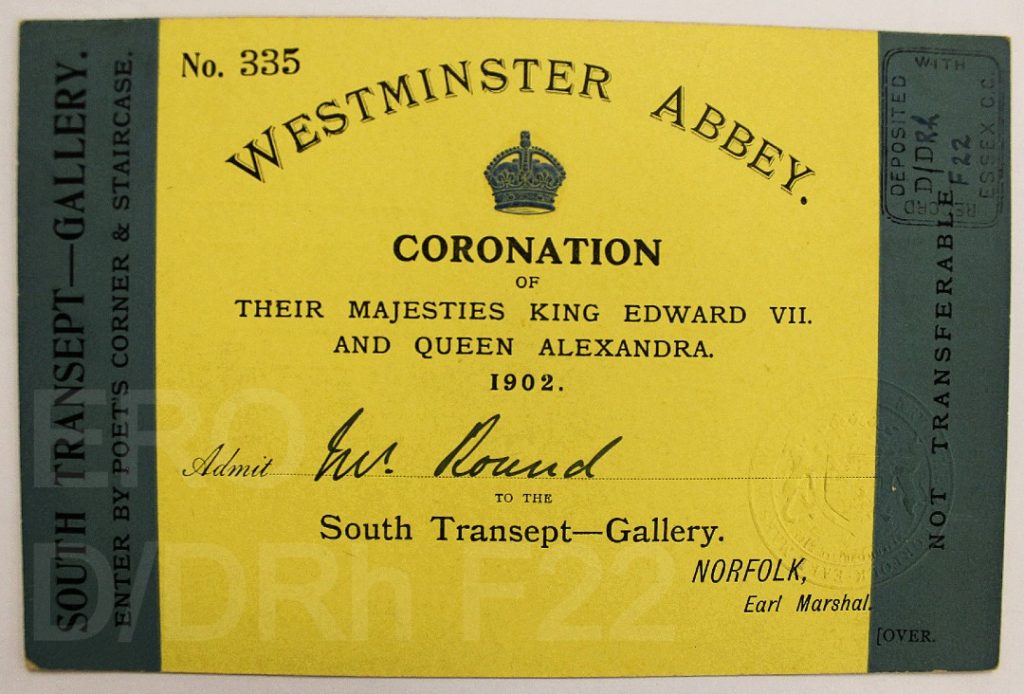
Queen Victoria was succeeded by her son, Edward. As King Edward VII, he would rule for only 9 years.





